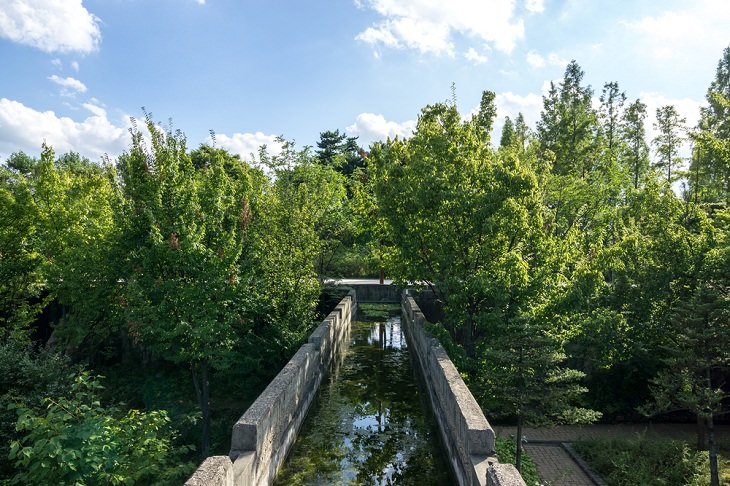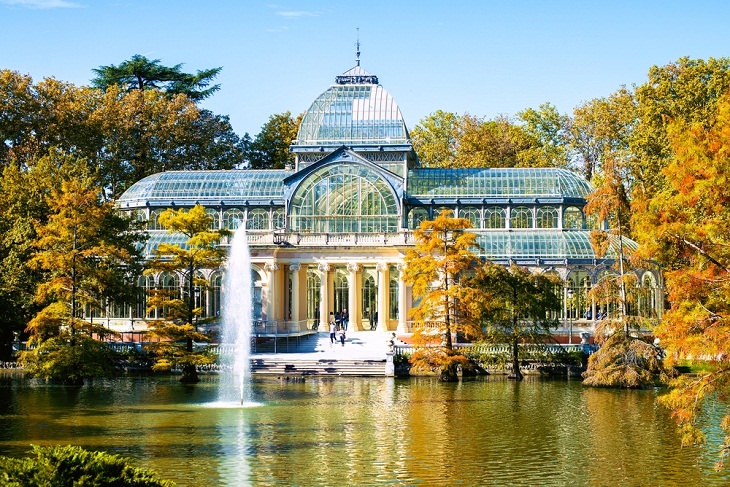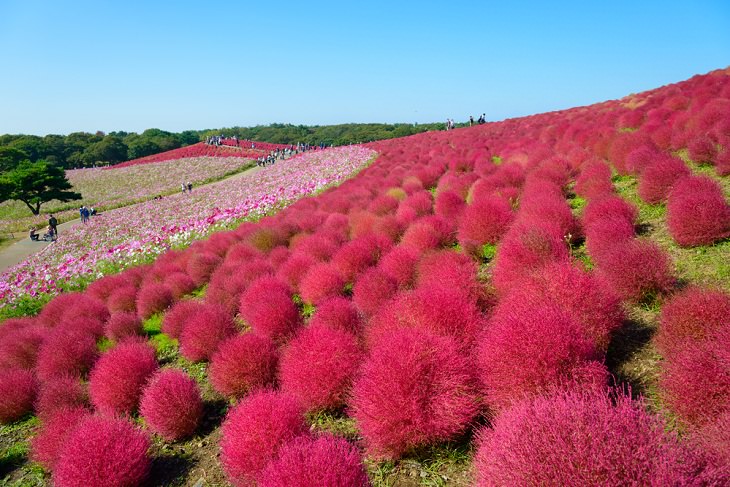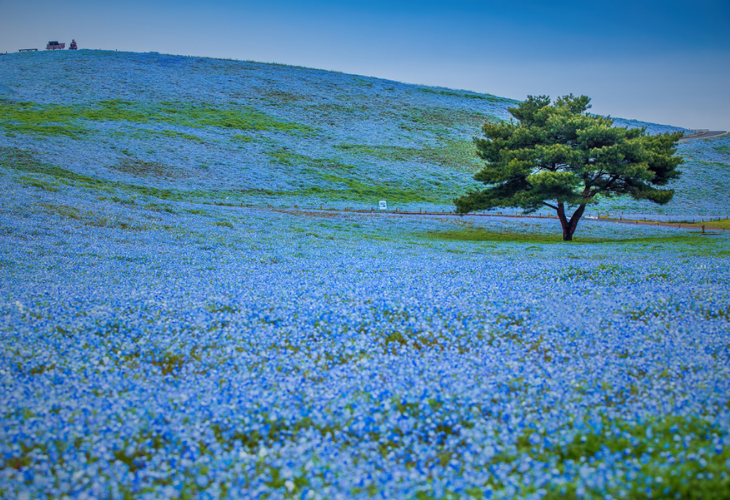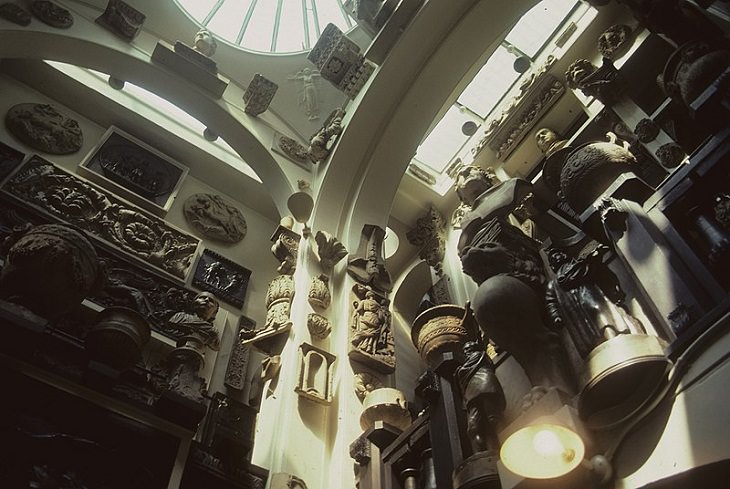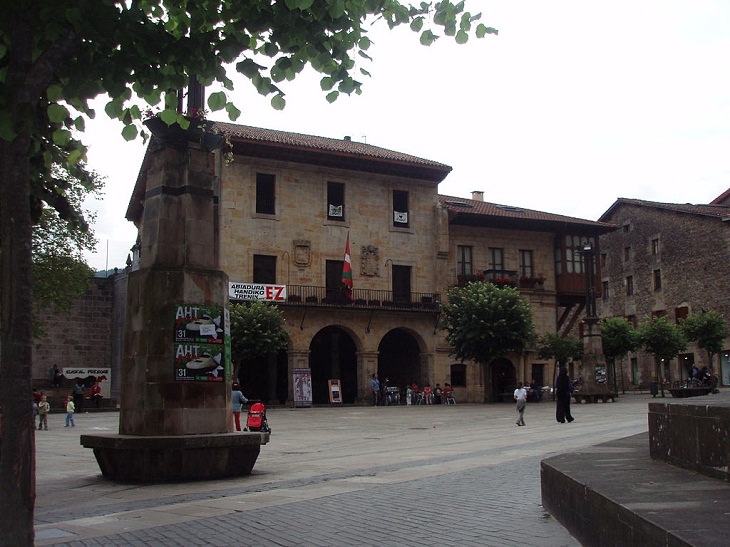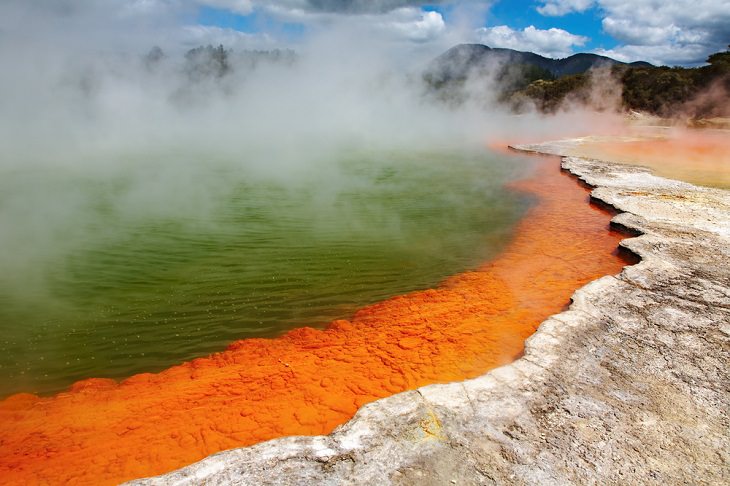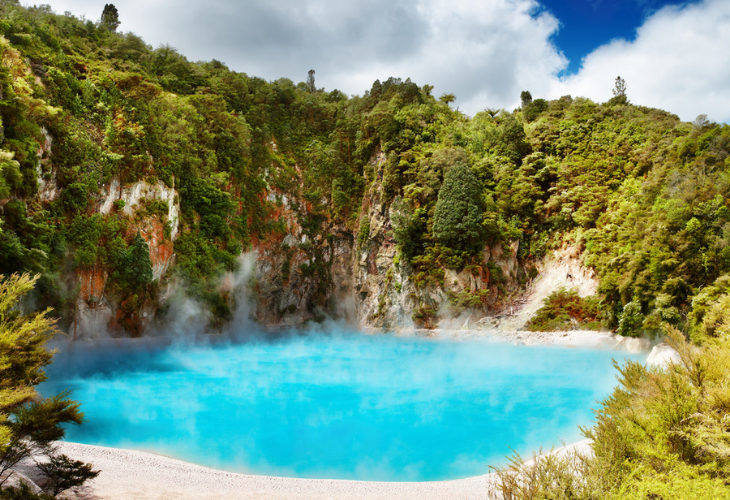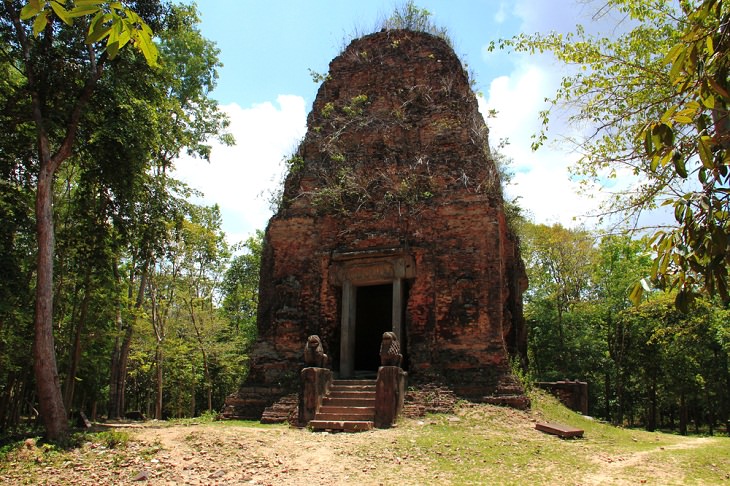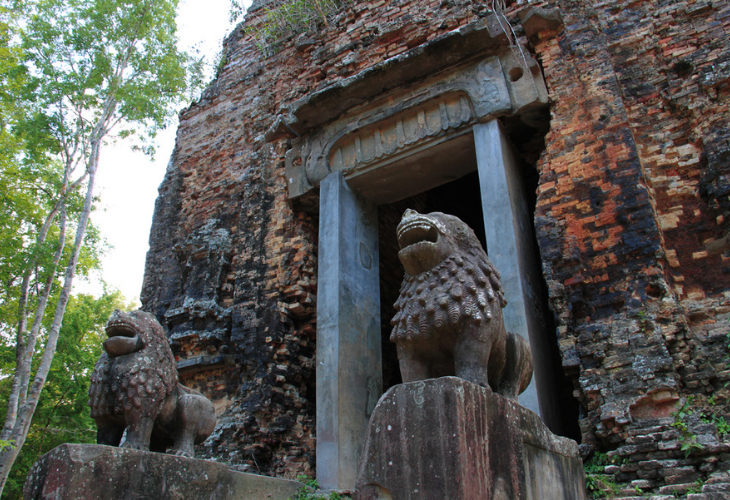This little park is one of the best-kept secrets in Seoul, Korea. Located on an island on the iconic Han River in Seoul, Seonyudo Park used to be a water purification plant. It was converted into an ecological park in the early 2000s. The park consists of a glasshouse where various flora is housed, along with walking trails, an aquatic botanical garden, and a forest. It is the perfect place to experience nature and relax with beautiful views of the river.
2. Palacio de Cristal, Madrid
The Palacio de Cristal, or The Glass Palace, is a spectacular iron-and-glass building located in the middle of the idyllic El Retiro Park in Madrid. The striking structure was built in 1887 as a huge greenhouse to showcase flora and fauna as part of an exhibition in the Philippines. Inspired by the Crystal Palace in London, the Palacio de Cristal was built by architect Ricardo Velázquez Bosco and is currently owned by the Reina Sofía Museum.
The structure is made of glass plates and sits on a brick base decorated with ceramic tiles created by ceramicist Daniel Zuloaga. Enhancing the charm of the palace are chestnut trees all around the building, as well as a cozy little pond filled with ducks and geese located in front of the botanical garden.
3. Hitachi Seaside Park, Japan
This delightful little park is located northeast of Tokyo within the Kanto Plain and is filled with a hectare of a variety of flowers in every color palette imaginable. The park is best known for the gorgeous blue nemophila flowers in the spring and bright red Kochia bushes in the autumn.
At different points in the year, you can also find daffodils, tulips, sunflowers, and oil-seed rape blossoms here. People mostly come to the park to see beautiful balls of red bushy flowers covering entire fields. Even if you aren’t a flower enthusiast, the vibrant colors of the park will definitely soothe your heart.
4. Sir John Soane’s Museum, London
This museum is actually the house of Sir John Soane (1753-1837), one of the greatest English architects. The museum has been kept as it was at the time of his death and displays the renowned architect’s wide collection of antiquities, architectural models, sculptures, and furniture. Soane had acquired some spectacular items during his time, including the sarcophagus of the Egyptian pharaoh, Seti I, as well as many Ancient Egyptian antiquities and Roman sculptures.
Apart from these, you will also find about 30,000 famous architectural drawings here. The museum is full of curiosities and surprises, and it's is a must-visit for anyone interested in history or art.
5. Pangong Tso Lake in Ladakh, Himalayas
Situated at an elevation of about 4,35 0m (14,271 ft), the Pangong Tso Lake is the world’s highest saltwater lake. Stretching out for about 160 km (99.4 m), one-third of this lake lies in India, and the other two-thirds are in China.
The lake gets its name from the Tibetan word, “Pangong Tso,” which means “high grassland lake.” What makes Pangong Tso stand out the most is its almost bright blue water, which looks surreal in contrast to the sunbaked mountains surrounding it. Interestingly, the lake is known to change colors and tends to appear blue, green, and red at different times. You can spend hours here and never get enough of the natural beauty.
6. Salar de Uyuni, Bolivia
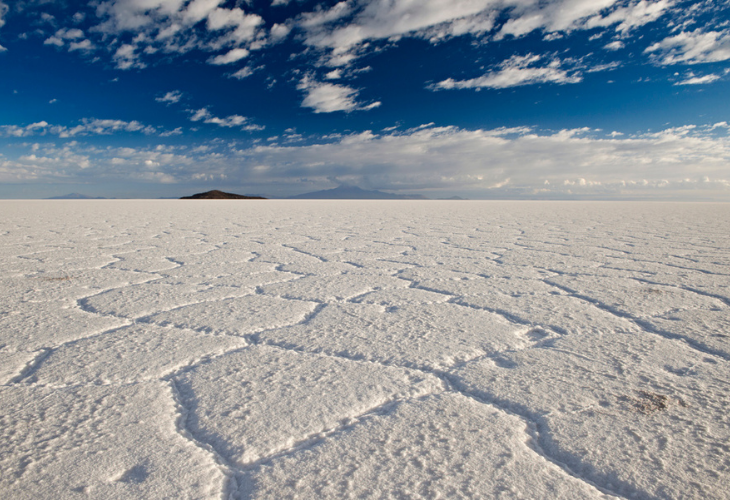
Bolivia's Salar de Uyuni (or "Salar de Tunupa") is the biggest salt flat in the world, stretching for more than 4,050 square miles (10,582 km). It was formed because of the prehistoric lakes within its surroundings that evaporated long ago. The salt flat appears to extend endlessly into the horizon and is often covered by unique patterns of salt rising from the ground. An estimated 11 billion tons of salt is believed to be within Salar de Uyuni!
The site is also a major breeding ground for three species of pink flamingos that typically arrive in November and stay here for a few months.
When nearby lakes overflow onto the salt flats during the rainy season, the flat transforms into a magnificent reflection of the sky, making it the largest natural mirror in the world. It gives one the feeling of infinity that you need to see to understand.
7. Elorrio, Basque Country
Elorrio is a charming old town in Bizkaia, Spain. The main attractions of the town are its spectacular medieval palaces and manors from the 17th and 18th centuries. A few of these include Palacio Zearsolo ‘Casa Jara,’ the Baroque Tola Palace, and the Basilica of the Immaculate Conception of Mary. Taking a walk through the streets of this town will make you feel like you have been transported to 17th-century Spain. If you are ever in Elorrio, make sure you visit the Old Town, which is teeming with magnificent palaces and ancestral homes made of ashlar stone.
Elorrio is surrounded by the Oiz and Intxorta mountains and the limestone summits Anboto and Udalait. This basically means you will always be amidst magnificent sights and scenery.
8. Rotorua Hot Springs, New Zealand
Rotorua in New Zealand is the world’s most remarkable geothermal wonderland where you will be greeted with bubbling mud pools, enormous geysers, and volcanic landscapes.
People have been enjoying Rotorua’s thermal waters since the mid-19th century, and you too can take a dip in one of its many hot water pools for a relaxing geothermal spa experience. A good hot soak can do wonders for stressed-out bodies and achy muscles. It’s also guaranteed to lift your spirits.
9. The ruins of Sembo Pprei Kuk, Kampong Thom, Cambodia
Sambor Prei Kuk is an archeological site in Cambodia. Its name translates to “the temple in the richness of the forest” in the Khmer language (the official and national language of Cambodia). The site consists of more than 100 temples scattered through a forest, including some of the oldest structures in the country.
The area has a soothing and quiet atmosphere. Taking a trail through the forest while feasting your eyes on the pre-Angkorian monuments is bound to leave you captivated. The art and architecture of the temples are characteristic of the pre-Angkor decorative style that became the model for later architecture in other parts of the region.
Sambor Prei Kuk was originally called Isanapura, and it served as the capital city of the Chenla Empire that flourished in the late 6th and early 7th centuries AD.
Share this post with other travel lovers...

